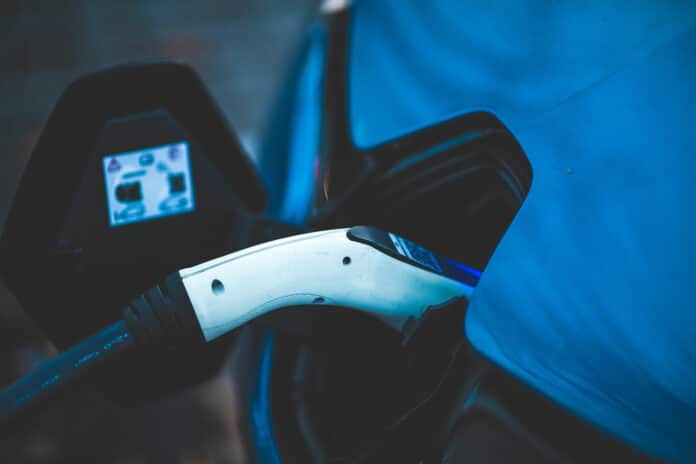The popularization of electric vehicles is an effective solution to promote carbon neutrality, thus combating the climate crisis.
Researchers must continue developing better batteries to improve electric vehicles’ power, efficiency, and safety. All-solid-state lithium batteries (SSB) that have a solid electrolyte are safer than conventional lithium-ion batteries because they are less flammable and more stable at higher temperatures. They also have more energy than lithium-ion batteries, allowing for smaller, longer-lasting batteries for electronics and other applications.
Achieving high energy density in all-solid-state lithium batteries will require the design of thick cathodes, and these will need to operate reversibly under normal use conditions.
Now, researchers at Northeastern University in Boston and the Department of Energy’s (DOE) Argonne National Laboratory team have tested all-solid-state batteries with thick cathode.
Improving solid-state batteries that can help mitigate climate impacts requires a deeper understanding of how they work. Batteries are comprised of an anode on one side, a cathode on the other, a separator in the middle, and an electrolyte solution throughout. When batteries provide power, lithium ions flow from the anode to the cathode through the electrolyte. While solid-state batteries don’t require traditional separators because the electrolyte separates the anode and cathode, they do require thick cathodes.
In their study, researchers evaluated batteries with thick cathodes that were comprised of two materials: a solid sulfide electrolyte called LPSC and an NMC (nickel, manganese, cobalt) cathode active material (CAM). They changed the composition of these two materials, so some batteries were 80% CAM, 20% LPSC, while others were 70% CAM, 30% LPSC, and 40% CAM, 60% LPSC. Researchers then used X-ray imaging and scattering at APS beamline 6-BM-A to measure six slices within the cathode and solid-state electrolyte.
Changing the composition or thickness of the cathode can change where the electrochemical reactions occur. “When people study batteries, they often measure power at the two terminals. But there’s a bunch of complicated structures in between that dictate how well the battery performs,” said John Okasinski, a physicist at the APS.
Researchers could non-destructively study performance in each region of the battery using X-ray beams that penetrated the battery materials. They found that cathode composition had a huge impact on how electrochemical reactions take place. In an SSB with an 80% CAM cathode, the cathode slice nearest the anode reacted first, and the farthest slice reacted last. But in an SSB with a 70% CAM cathode, the farthest slice reacted first, and the nearest slice reacted last.
“The reaction is highly non-uniform – and we don’t really see a situation where it is uniform,” said Josh Gallaway, Northeastern University. He also noted that this could lead to faster degradation of the battery material.
He further says uncovering how reactions take place within batteries is an important step toward designing better batteries for electric vehicles, portable electronics, and other applications. “How all-solid-state batteries are designed will determine what their applications will be and how they will be optimized moving forward,” Gallaway said.
Journal reference:
- Alyssa M. Stavola, Xiao Sun, Dominick P. Guida, Andrea M. Bruck, Daxian Cao, John S. Okasinski, Andrew C. Chuang, Hongli Zhu, and Joshua W. Gallaway. Lithiation Gradients and Tortuosity Factors in Thick NMC111-Argyrodite Solid-State Cathodes. ACS Energy Letters, 2023; DOI: 10.1021/acsenergylett.2c02699
